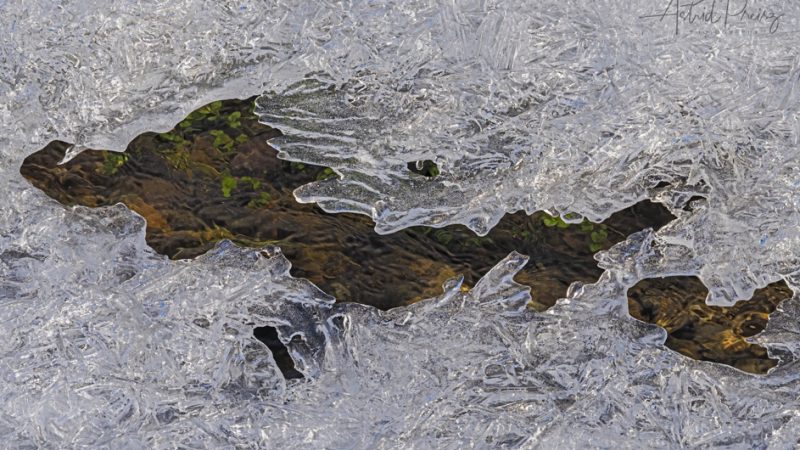It is still winter outside, and some may wish warmer temperatures to come soon. While humans sometimes need warmth to get going, cold-inducible promoters from Chinese Hamster Ovary (CHO) cells turned out to be interesting tools for the production of biopharmaceuticals at low temperatures.
Humans behave differently depending on the temperature of their environment. We enjoy action much more when it’s (moderately) warm instead of cold: a bicycling tour sounds better in spring or summer than in freezing winter, isn’t it? Same is true for Chinese Hamster Ovary (CHO) cells (except for cycling, obviously), which are the widest used mammalian expression system for biopharmaceuticals. The reason for their popularity is that CHO cells are able to express proteins, that have a similar surface like in human cells, which facilitates their further application. Their preferred growth temperature is 37°C; at lower temperatures CHO cells reduce or stop growing. Meanwhile, the so called cold-inducible promoters get active. When speaking of low temperatures, we talk about 33°C compared to 37°C. Promoters regulate the first step in the way from DNA to a protein – the expression. The special thing about cold-inducible promoters is, that they are induced by lower temperature and thereby some even achieve higher productivity than promoters working best at the cells’ preferred temperature. And productivity is the buzz word for industry, because a higher yield is always desired in biotechnological processes.
We always want more
But why are cold-inducible promoters more productive? The cellular and molecular reasons therefore are not yet completely understood. But researchers assume that this is caused by growth arrest and the prolongation of production phase. The strategy of using cold-inducible promoters and cultivating CHO cells at lower temperature has already shown to increase the yield of different biopharmaceuticals, such as erythropoietin, interferon-𝛾 and tumor necrosis factor receptor-immunoglobulin G1Fc fusion. Sportsmen probably know erythropoietin, as it is the glyco-protein build by a workout at high altitude. But additionally, it is of high medical importance for people who have lost lots of blood.
Viral vs. Natural Promoters
In order to maximize yield, researchers have tried several approaches so far, such as inhibiting programmed cell death (apoptosis), increasing cell density or making use out of environmental stress. The key for successful biopharmaceutical protein production often lies in the choice of promoter. Up to now, the most common promoters used in mammalian expression cassettes have been derived from viruses. Viruses reproduce in very high numbers; this makes their promoters so interesting for high yielding protein production. But at the same time, they reproduce on the costs of their host. The CHO cells get stressed, which often leads to silencing of the gene of interest.
The cold-inducible promoters derived from CHO cells control the expression of upregulated genes at “cold” stress and enhance the productivity manifolds in lower temperature environment. Acib researchers were searching for new cold-inducible promoters and identified nine promoters from the top-ten cold-inducible genes that show high expression and high fold change in expression after the temperature shift. Besides the use of strong promoters for protein production, productivity can be further increased with enhancers, which is the next target to discover.
Nguyen, L. N., Novak, N., Baumann, M., Koehn, J., Borth, N., Bioinformatic Identification of Chinese Hamster Ovary (CHO) Cold‐Shock Genes and Biological Evidence of their Cold‐Inducible Promoters. Biotechnol. J. 2019, 1900359.
Picture credits: Astrid Preisz
